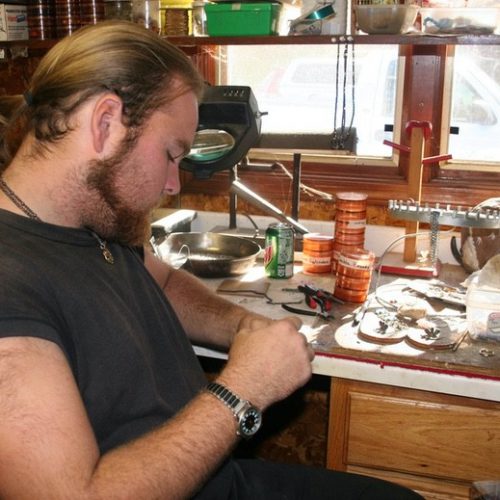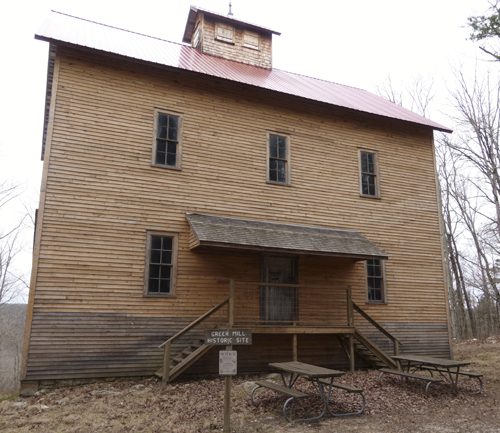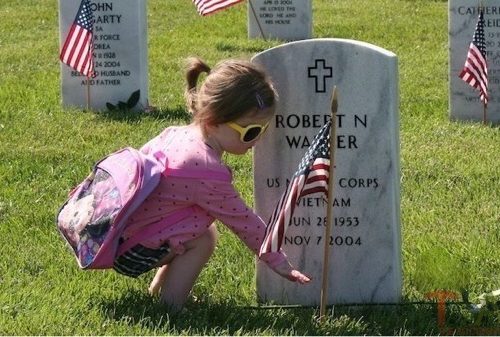On a Sunday afternoon, along with John Bradbury (senior archivist at UMR), and Jan and Terry Primas (Waynesville historians), my husband and I traveled out to a lonely spot in Phelps County for the sole purpose of repatriation of an Ozarks tombstone that signified the death of a little girl.
Who was this little girl? Why did she live for almost six years and then pass on? Oh, what anguish her parents must have suffered when they brought her down the wagon trail and up this lonely ridge in the springtime so very long ago. Why aren’t they buried here, as well? These were just a few thoughts running through my mind as I stood on a rocky ridge in the country that spring.
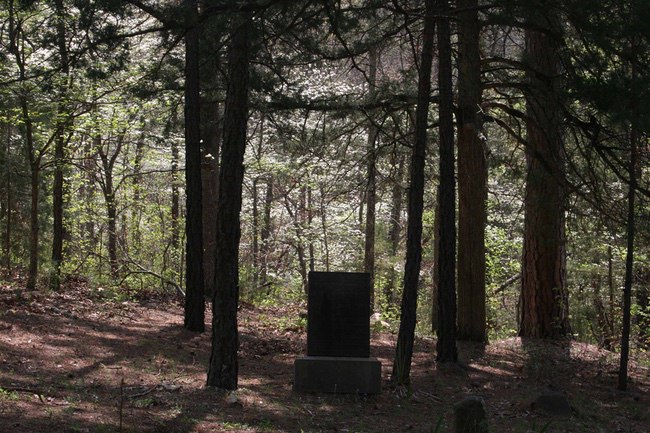 Repatriation of an Ozarks Tombstone
Repatriation of an Ozarks Tombstone
This story really started in Maries County, when my friend, Mozelle Hutchison, received a phone call from the sheriff. He told her he had a tombstone in the evidence room that probably belonged in a cemetery in Maries County. The stone came from a stash of stolen goods found in a house in Rolla. The occupants had skipped town and left behind their loot, including Maries County road signs, the tombstone and marijuana.
After looking through local cemetery record books, Hutchison discovered that the tombstone belonged in Phelps County, near the Pulaski County border, and informed the Phelps County Historical Society about it. Here’s where John Bradbury comes into the picture.
Bradbury picked up the tombstone, carried it up a flight of stairs and loaded it into his SUV. The stone measures about 2 feet high, with a lovely, carved dove at the top and stands on a thick base of granite.
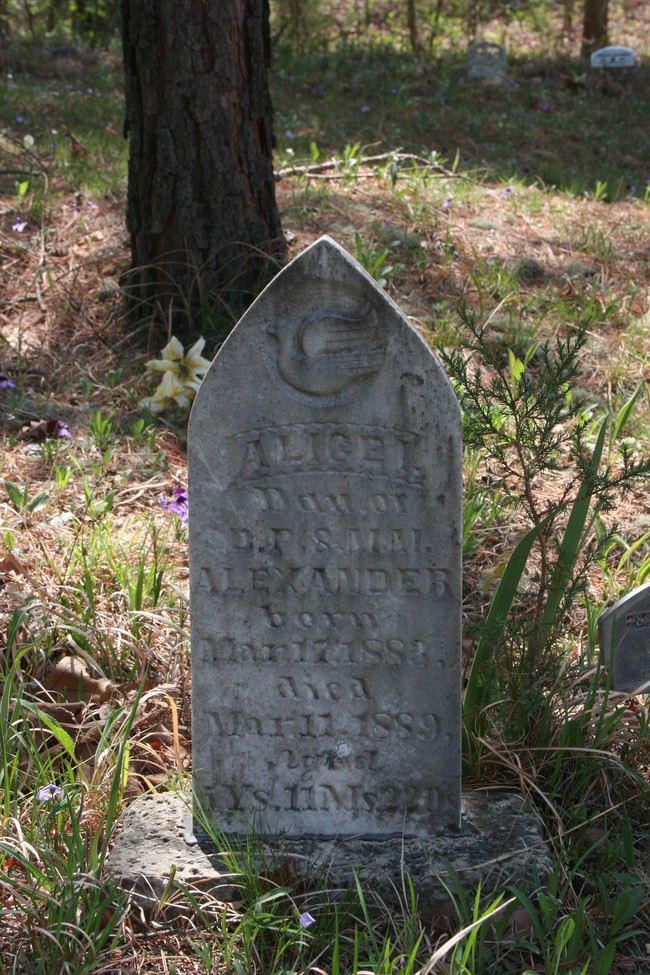 Shortly after Bradbury picked up the tombstone, we set out to repatriate the little girl’s headstone. The Phelps County map came in mighty handy at this point, as we drove down twisted back roads that led to the cemetery. We climbed the short hill to get to the gravesites, and started looking for where to place the little stone.
Shortly after Bradbury picked up the tombstone, we set out to repatriate the little girl’s headstone. The Phelps County map came in mighty handy at this point, as we drove down twisted back roads that led to the cemetery. We climbed the short hill to get to the gravesites, and started looking for where to place the little stone.
Fortunately the cemetery book listed the name of a woman who was buried there, who had the same last name as the little girl. But she was too young to have been the girl’s mother. Was she a sister, perhaps?
We decided to put the tombstone near the woman’s grave, especially since the 2 females had birth dates within 10 years of each other. Maybe they were related. The ground was soft and the stone was easily set.
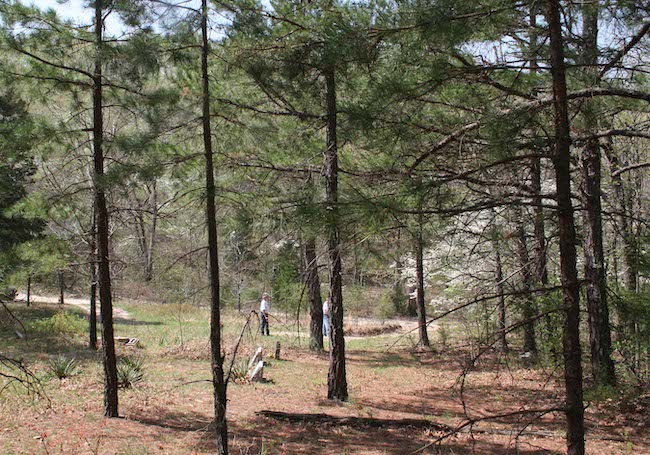
When we had finished the task at hand, we looked around for a while. My husband said, “These folks were poor—dirt poor.” Only a few headstones still stood and most had been knocked over. But the most shocking site lay over in the corner of the cemetery, where some miscreants had stacked old stones around a campfire. They had probably been sitting on them while drinking their cheap beer.
I couldn’t help but remember Hutchison’s philosophy: “You can tell a lot about a town in how it takes care of its cemetery.”
Although that idea does not quite fit this situation, I think we can go one step further and say you can tell a lot about a society that pilfers and destroys its sacred ground. For that reason, the little girl’s name and the location of this place shall remain anonymous.
Rest in peace, little one.

